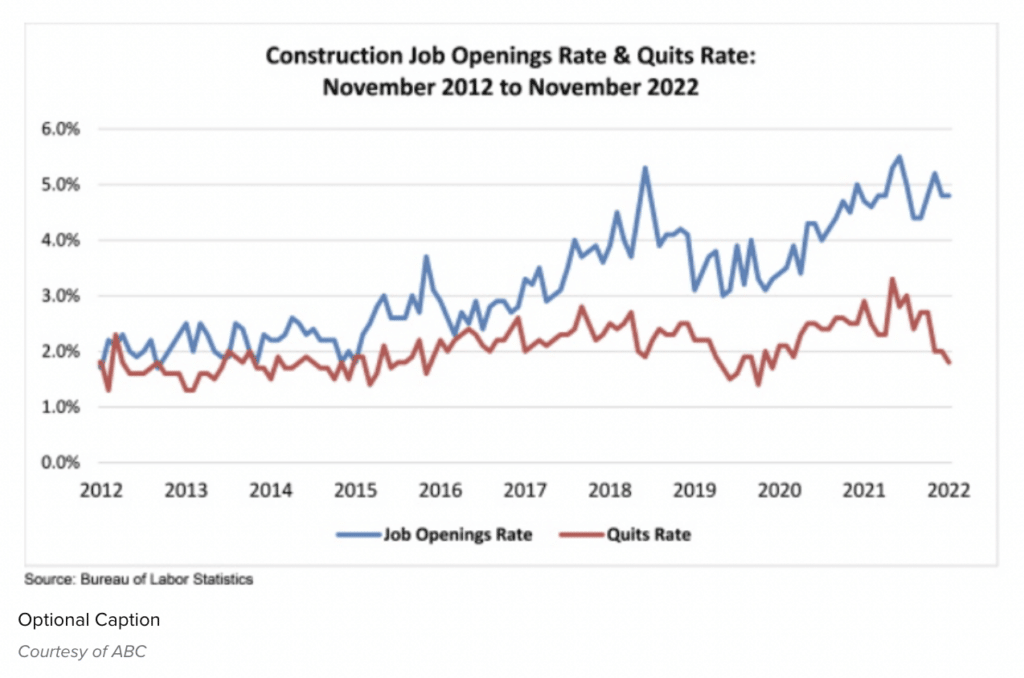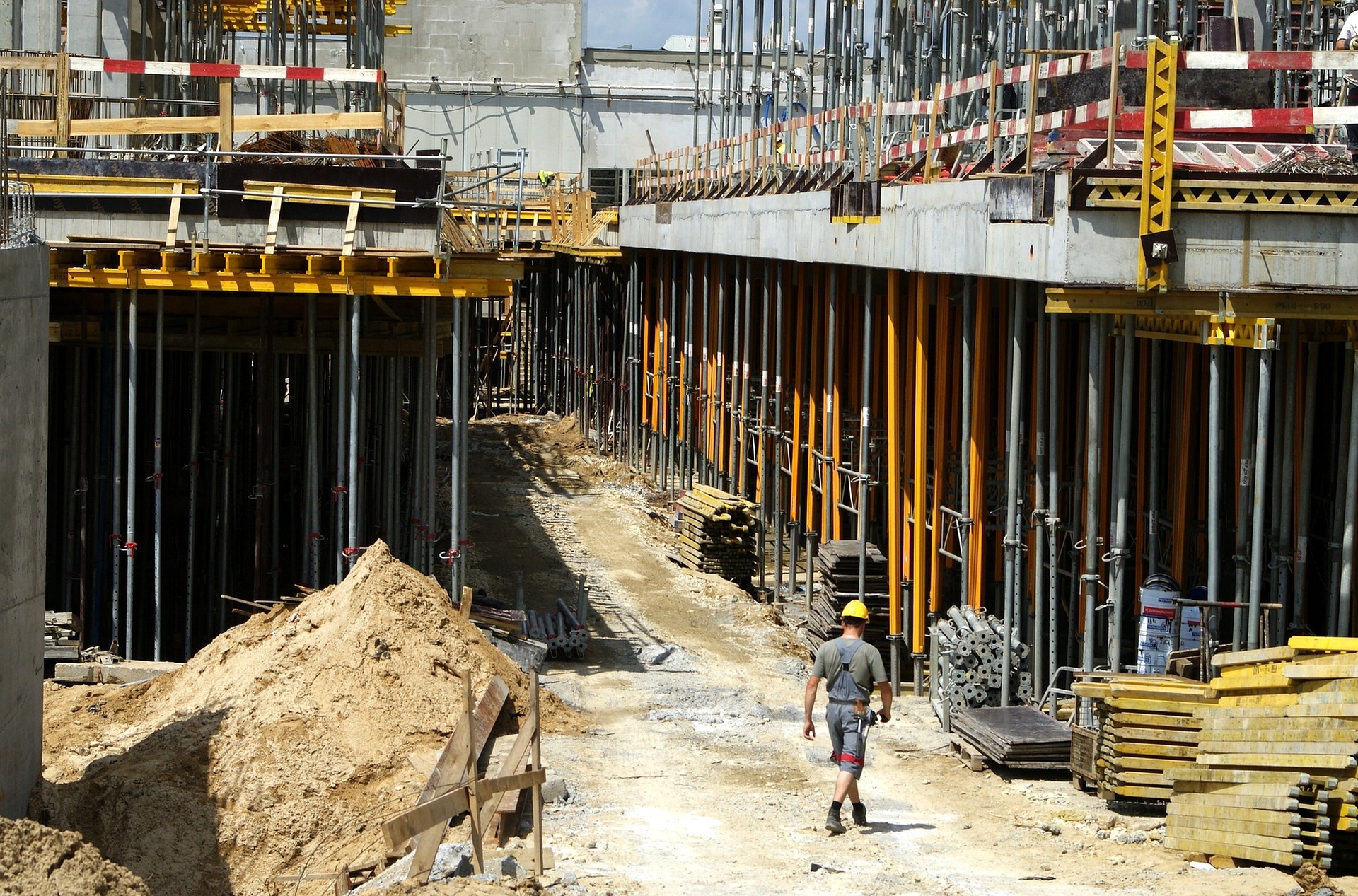The construction industry is facing a unique challenge in the current labor market: while job openings remain largely flat, contractors are still actively recruiting. This article explores the implications of this situation, and what it could mean for the future of the construction industry.
Overview of November Job Openings
According to new Bureau of Labor Statistics data, construction job openings were largely flat in November compared to the month before. The amount of unfilled positions for which contractors are actively recruiting declined by 2,000 to 388,000, according to analysis from Associated Builders and Contractors. This slight decrease—down less than 1% from October and 6% from a year before—signals a continued trend in the industry: construction needs more workers.
Implications for the Construction Industry
The implications of this continued trend are clear: contractors are struggling to fill positions. This is not only a challenge for the industry in the short term, but could have long-term impacts as well. ABC Chief Economist Anirban Basu explains: “Once again, good news is bad news. Despite raising interest rates during the last 10 months, the Federal Reserve is still grappling with an excessively tight labor market associated with rapid compensation cost increases.”
“In order for the Federal Reserve to reel in inflation, it needs a labor market with fewer open jobs, more unemployment and slower compensation growth. As interest rates continue to rise, they will impact financing costs—including wages—and potentially set up sharp declines in private construction activity,” continues Basu. With the labor market red-hot and interest rates continuing to increase, it is likely that inflation will continue to be a concern for contractors and construction companies.
The Infrastructure Investment and Jobs Act, which was passed in 2018, promised to provide massive funding to the construction industry. However, the increasing costs of labor and materials due to inflation have soured the excitement of the act. To ensure that the Infrastructure Investment and Jobs Act can be successful, contractors must be able to find ways to reduce costs while also finding enough workers to fill positions.
Potential Solutions
One potential solution for the construction industry’s hiring challenge is to invest in training and education. By investing in training and education, contractors can better equip their current workforce with the skills they need to fill positions, while also increasing the number of qualified workers in the industry. Additionally, contractors can use apprenticeships and internships as a way to introduce new workers to the industry and provide them with the necessary training and experience.





